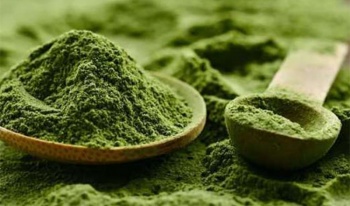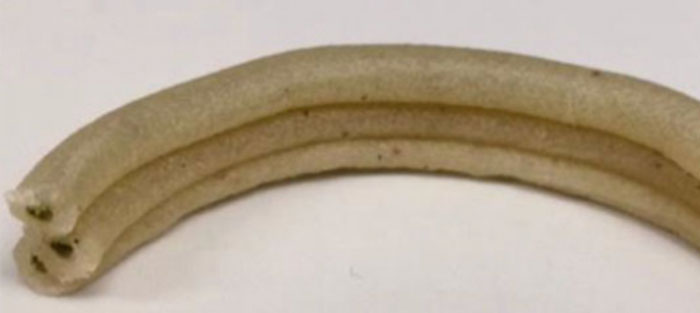
In the food industry, 3D printing technologies are changing the way we produce and consume foods. They can help create analogues of meat products, recycle food waste, or customize the shape and properties of dishes for example. Most people being increasingly aware of the impact of their food consumption on their health, the environment, and society, new technological advancements are of great interest to find solutions to some of these issues.
If we look more closely at one of the applications of 3D printing in the food sector, we have the recent example of researchers from the Dutch University of Wageningen and Spanish University of Valencia that 3D printed a selection of micro-algae-based snacks. Here, the researchers were interested in creating innovative food products with potential health benefits by incorporating an ingredient not often found in snacks: micro-algae. The main benefit of additive technologies lie in the fact that it is possible to customize a food product easily compared to traditional methods, allowing more flexibility and personalization in the production process.

Image of the extruded snack | Image via Food and Bioprocess Technology journal.
It’s because of the strong green colour of the microalgal biomass that its incorporation is usually limited in food products, the scientists explained. Therefore, they explored how to incorporate the algae in foods in a subtle way by using 3D printing methods. Micro-algae actually offers tremendous benefits to the human body. The two species (Chlorella vulgaris and Arthrospira platensis) used in the study were freshwater, and produced proteins, minerals, vitamins, pigments, fatty acids, sterols and antioxidants, to complement a well-balanced diet.
First, the researches evaluated the effect of micro-algae fortification on both the rheological properties (the way in which materials deform in response to flow or stress) and printability of batters, and then on the properties of snacks. The scientists looked at the shape, texture and colour. They noticed that microalgae fortification improved the printability of batters using extrusion-based 3D printing: the extrusion force was increased in comparison to the batter without micro-algae.

Using a coaxial 3D printer, the researchers managed to “hide” the micro-algae inside the batter when extruding
Following some trials, they actually found that snacks enriched with 3% and 4% Chlorella provided most accurate printed structures. However, they quickly realized that even though the technology had been perfected with this dosage, these levels would probably not be well accepted by consumers due to the strong green and dark colour of the cereal snacks after baking. The next step suggested by the team was to use coaxial food printing to hide the microalgae inside the snack. After some experiments, this method was judged to have great potential for the future, and could be a way to encourage people to eat the cereal biscuit without thinking too much about the algae! You can find more about the study HERE.


